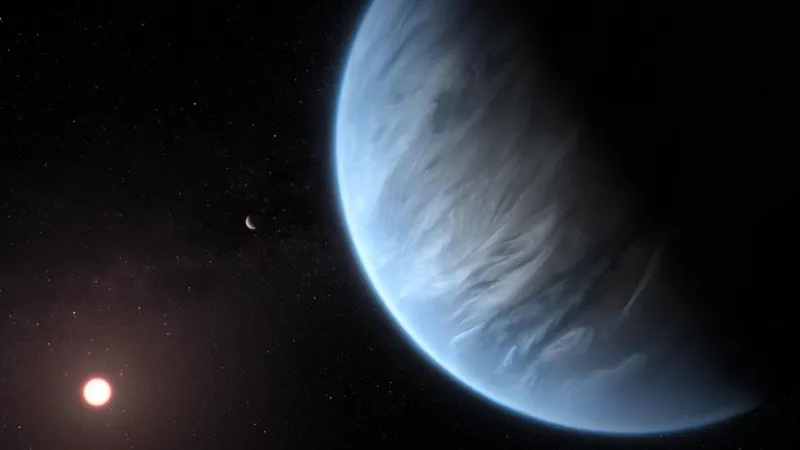A planet 124 light-years away might hold signs of alien life, scientists said Tuesday, April 15, after a powerful telescope picked up unusual chemicals in its atmosphere. The discovery on K2-18b has sparked excitement, but experts warn it’s not proof of life yet.
The James Webb Space Telescope, launched in 2021, caught traces of dimethyl sulfide and dimethyl disulfide, gases linked to tiny sea creatures on Earth. Researchers at the University of Cambridge, who led the work, said the signals came from K2-18b’s thick atmosphere. The planet, bigger than Earth, orbits a small star in a zone where water could stay liquid.
“This is huge,” said Nikku Madhusudhan, the Cambridge scientist running the project. “We’re seeing stuff that could point to life, but we’ve got to be careful.”
K2-18b, found in 2015, is 2.6 times Earth’s width and 8.6 times its heft. Scientists think it might have oceans under a hydrogen-heavy sky, earning it the nickname “Hycean” planet. Earlier scans showed methane and carbon dioxide, but the new data, grabbed with Webb’s infrared gear, spotted these rare gases at high levels. That’s a big deal, since dimethyl sulfide (DMS) is mostly made by Earth’s ocean plankton.
“It’s cool, but I’m not sold,” said Jessie Christiansen, an astronomer at Caltech who wasn’t on the team. “Those chemicals could come from something boring, like a hot ocean cooking rocks.”
The findings, shared in The Astrophysical Journal Letters, aren’t rock-solid. They hit a three-sigma mark, meaning there’s a small chance it’s a fluke. Scientists want a five-sigma signal—near certain—before popping champagne. DMS was found in a comet recently, which muddies its “life only” tag. Plus, K2-18b’s dry upper air and missing ammonia make some doubt it’s a watery paradise.
“I was glued to the livestream,” said Priya Patel, a London college student who caught the news online. “It’s wild to think we might not be alone, but I get why they’re holding back.”
Madhusudhan’s crew is planning more telescope time to double-check.
“Give us a couple years, and we’ll know more,” he said.
For now, K2-18b’s a question mark, keeping scientists and stargazers hooked on what’s out there.

